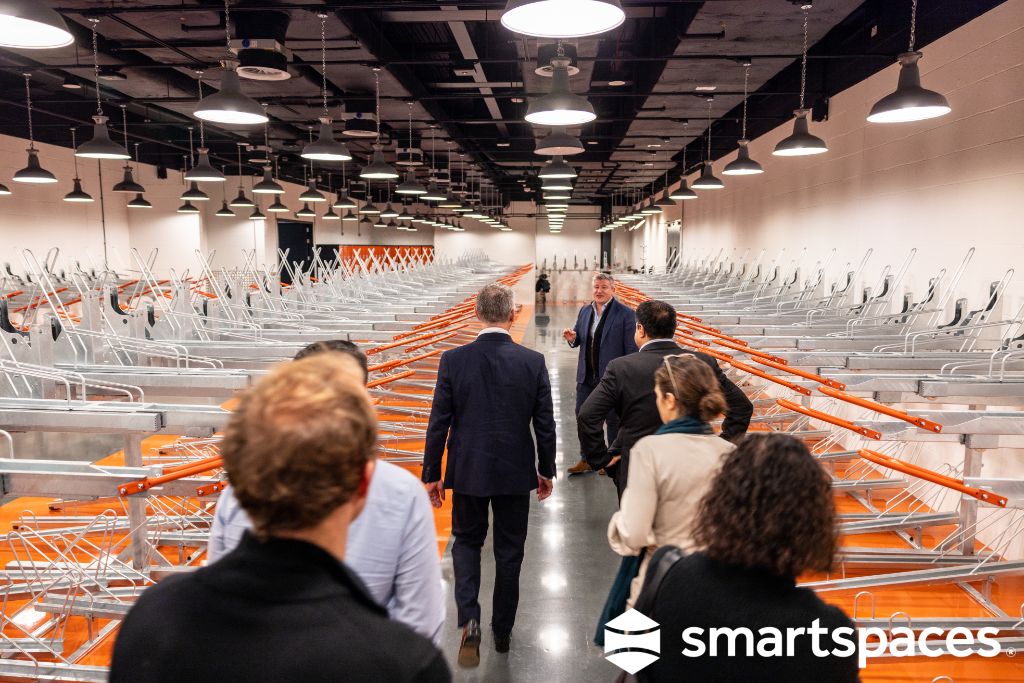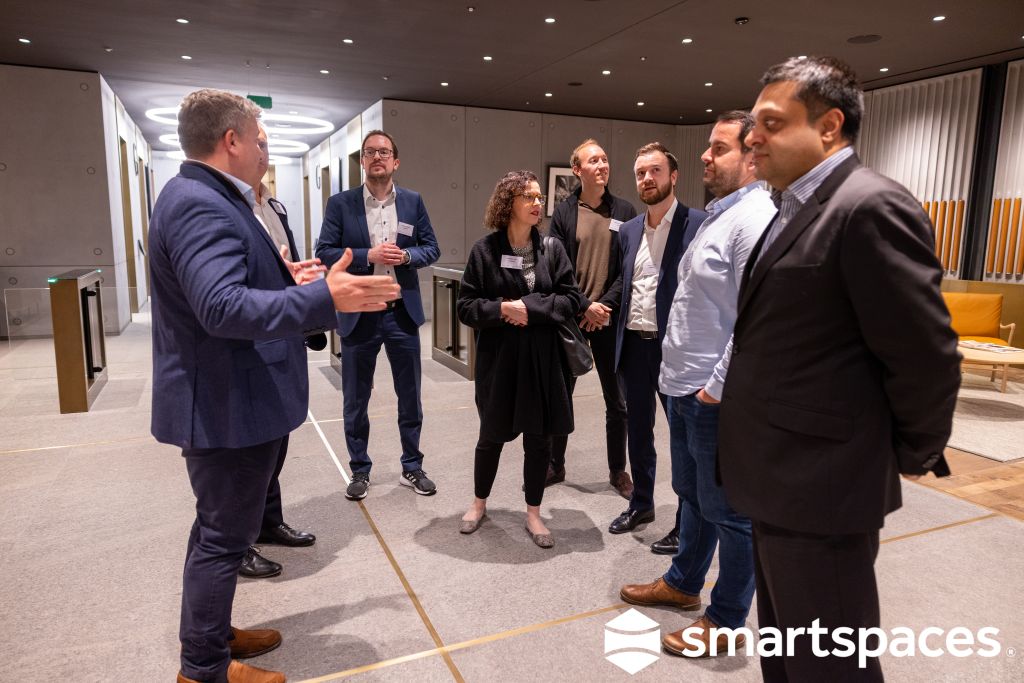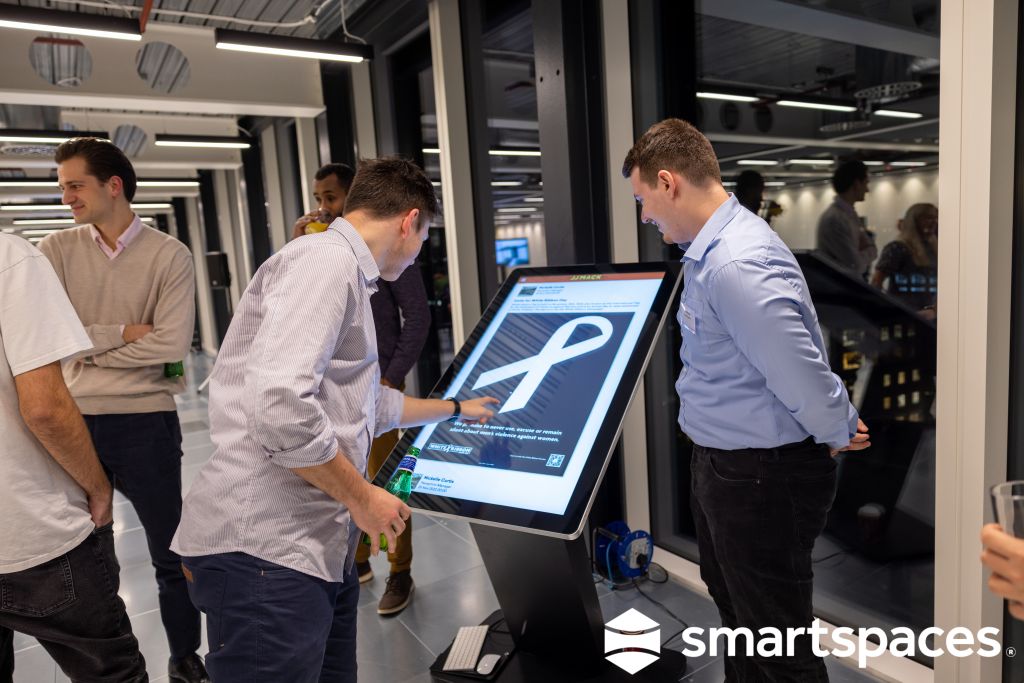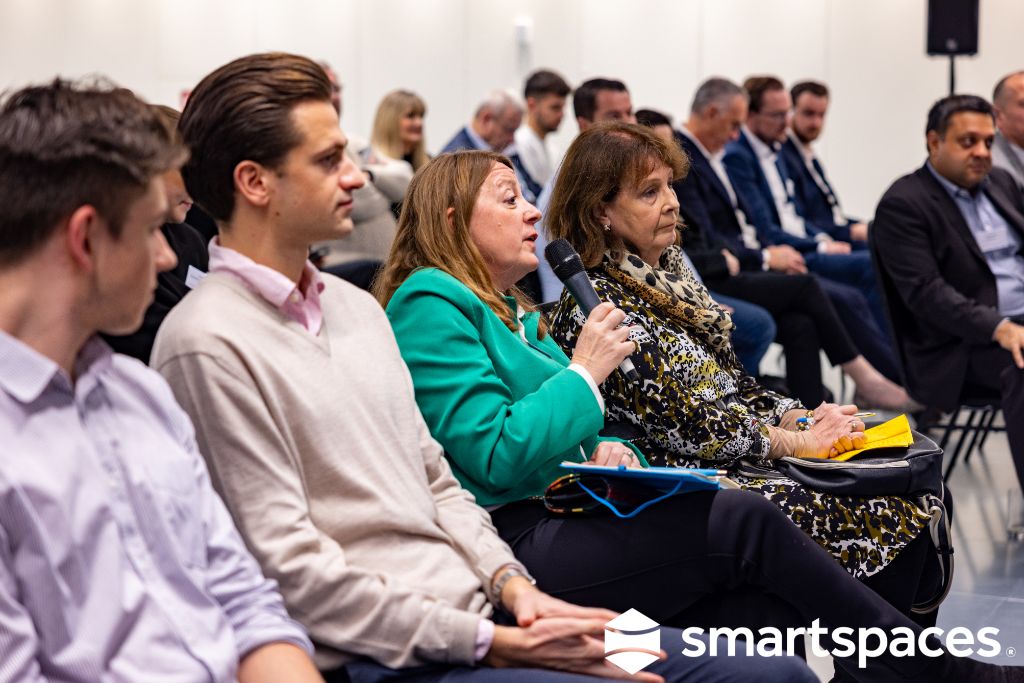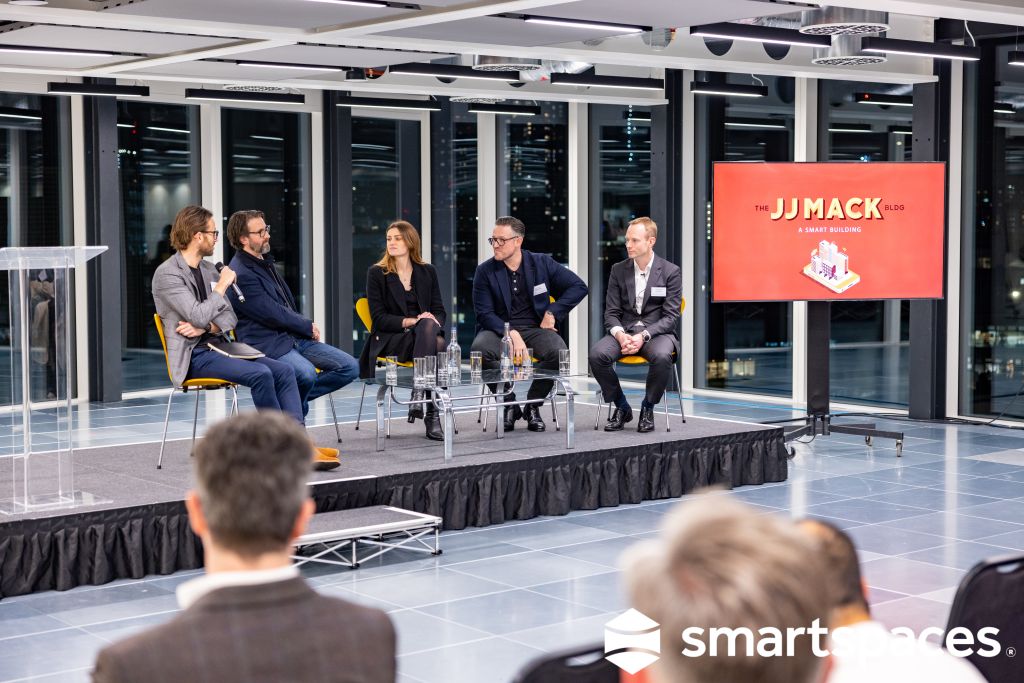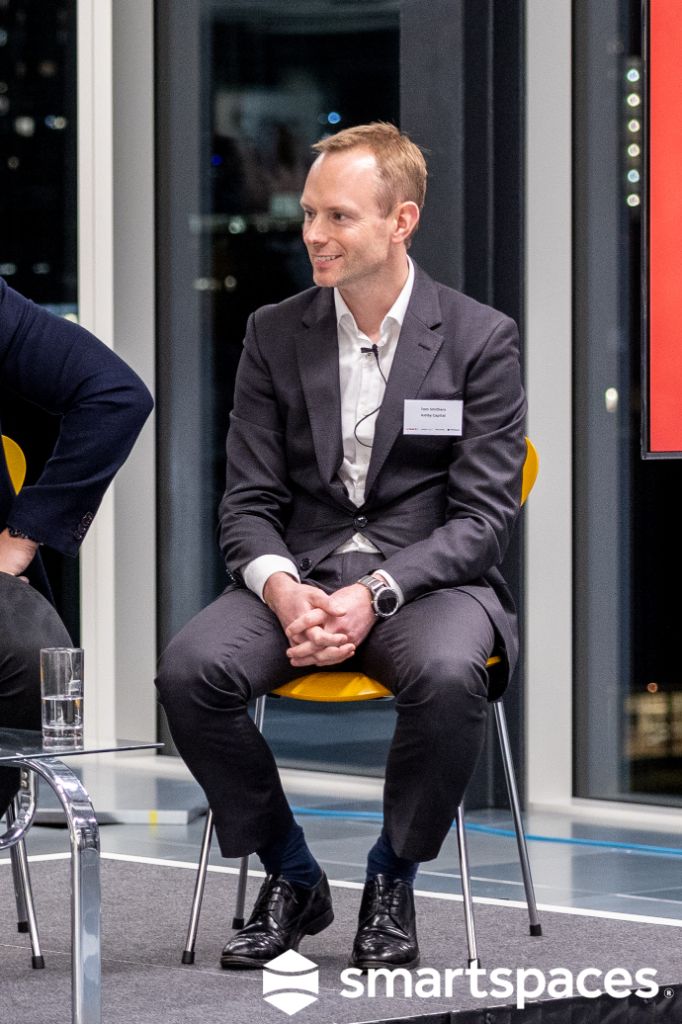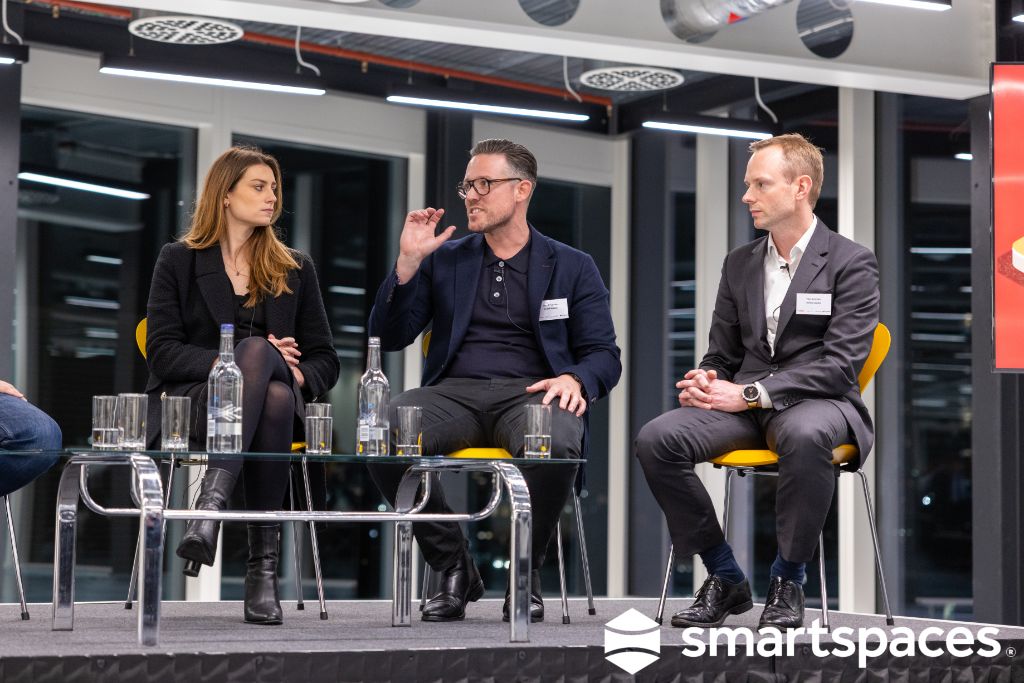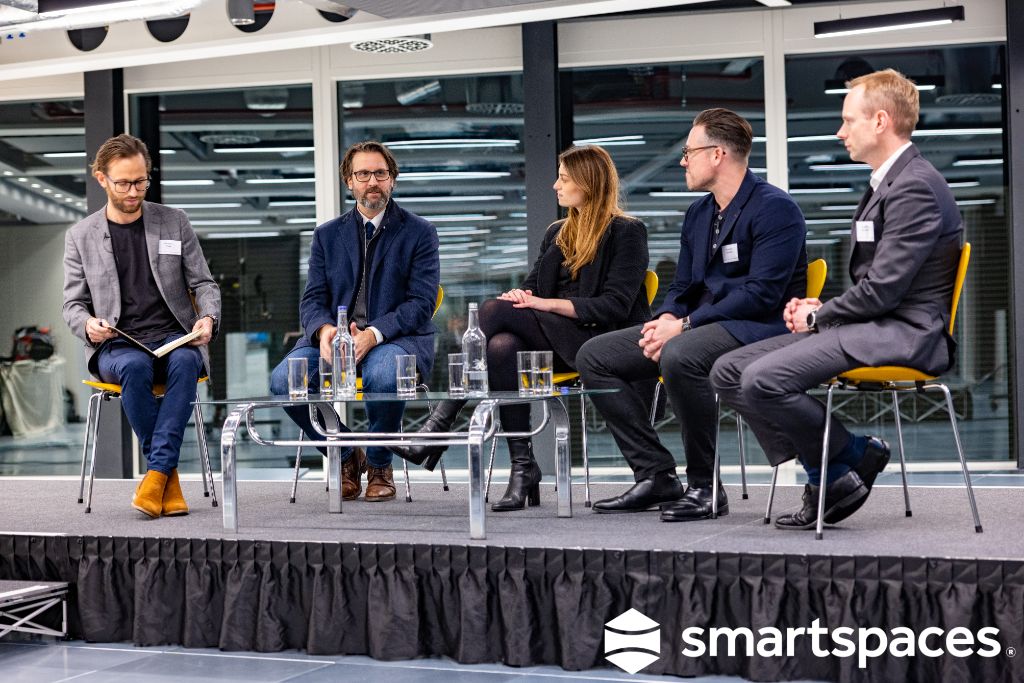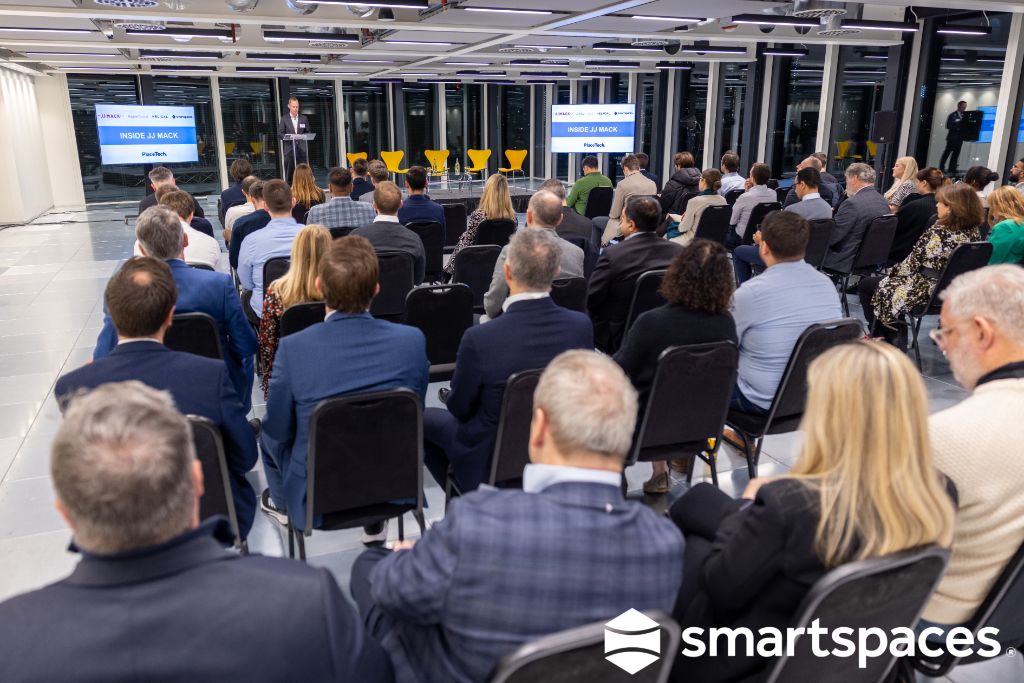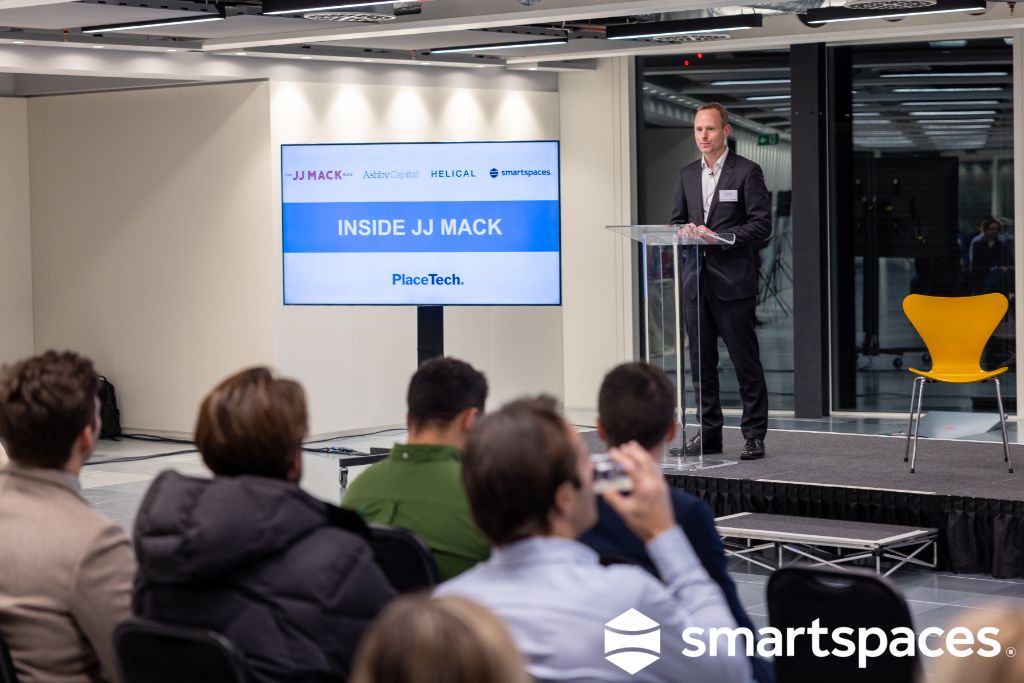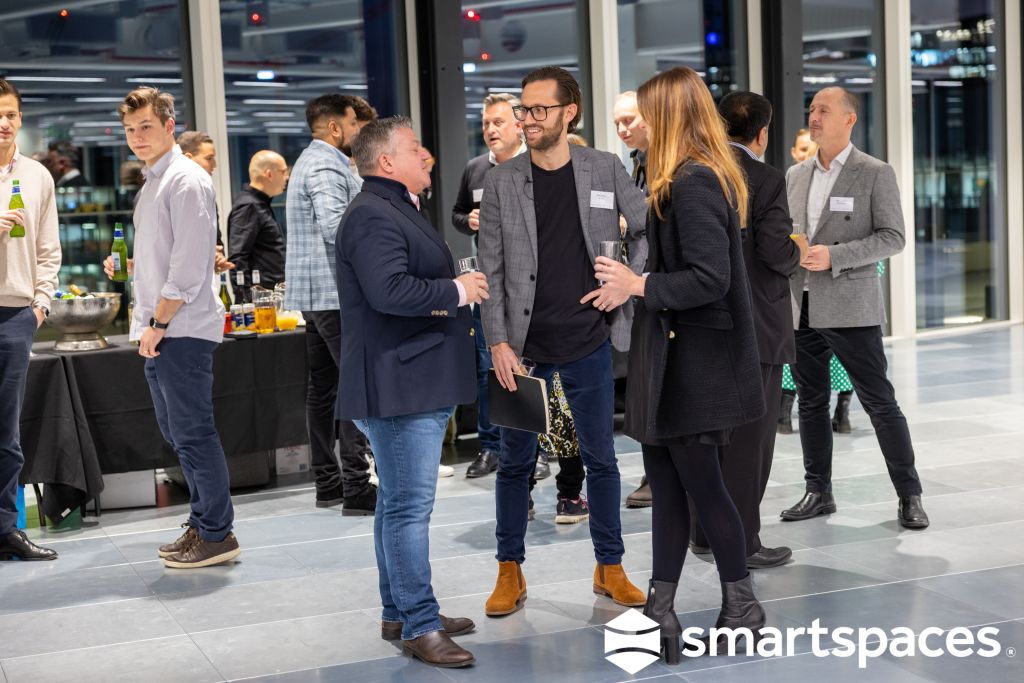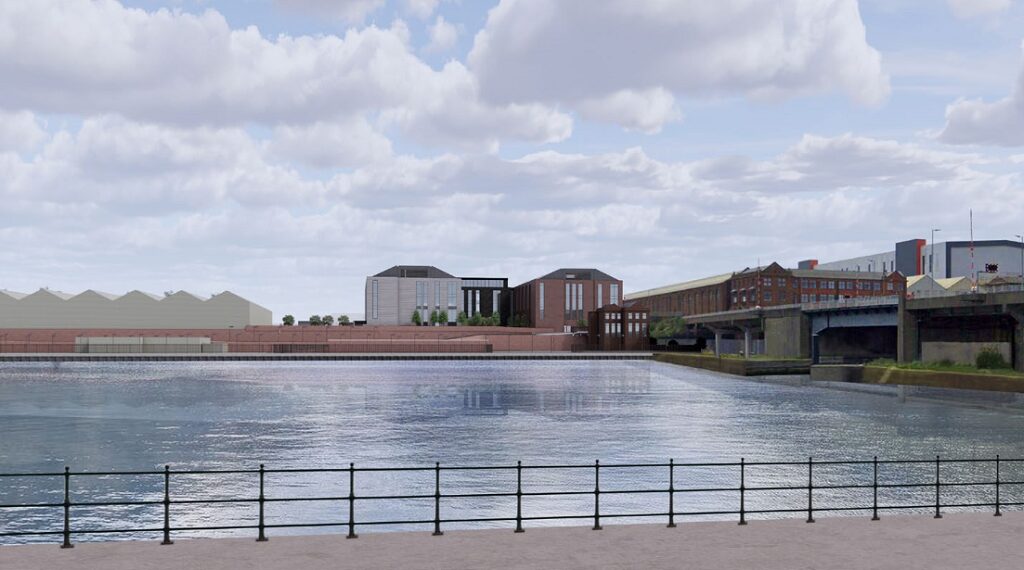VIDEO | Inside JJ Mack with Helical, Ashby Capital + Smart Spaces
Showcasing the future of work and the latest in smart building tech, Ashby Capital, Helical and Smart Spaces introduced the newly completed JJ Mack building in a special behind-the-scenes event hosted on-site by PlaceTech.
Following a presentation about the 200,000 sq ft, BREEAM Outstanding JJ Mack building from Tom Smithers, property director at Ashby Capital, a panel took to the stage to dive into how and why the development put tech at the centre of its strategy.
Speakers
- Pavlos Clifton, senior development executive, Helical
- Dan Drogman, CEO, Smart Spaces
- Katie Murphy, operations manager, Smart Spaces
- Tom Smithers, property director, Ashby Capital
- Chair: Luke Graham, head of research, Pi Labs
Smart from the start
Ashby Capital and Helical made a point of working with Smart Spaces from the start to ensure that all the tech – from Bluetooth readers in the lobby to the HVAC system – worked and, crucially, worked together. Smart Spaces “policed” the tech, working with subcontractors that installed base build systems, ensuring that everything would be functional at practical completion.
“Getting in early actually saves money,” said Pavlos Clifton. By lining up the tech early, the developers avoided having to go back and pay for expensive retrofits or change building systems throughout the process.
Sensors tell you more than you realise
Different manufacturers have their own way of presenting the data buildings generate. The database for a BMS system is different to a database for an access control system or an air quality sensor.
One thing Smart Spaces does is connect and standardise all that data, which means landlords can analyse everything going on in a building more easily – and act on it.
“You start to learn that, actually, you don’t need so many sensors sometimes,” said Dan Drogman. For example, CO2 correlates with occupancy. Meanwhile, booking data can help predict how busy the building will be, which can then be used to determine catering or security provisions.
Give tenants control
The best offices in London are still performing well, Tom Smithers said. Getting people back to the office, however, depends on creating an environment people want to be in. Part of that means giving them control over their surroundings.
One example Smithers gave was temperature, a common complaint for office workers. With the JJ Mack tenant app, users can make adjustments to the space around them to ensure they’re comfortable.
Smithers said: “If you can put that control in the users’ hands so they can take matter on themselves… suddenly they’re not phoning the maintenance team and waiting for them to do it. They’re engaged, and the friction disappears.”
Data can bring people back
Smart Spaces’ clients are using data to entice workers back to the office. They can, for instance, see that the building is emptiest on Mondays and Fridays and react by offering an event or food credits in the café. The app also offers the ability to bolt on features as and when the building needs it, Murphy said, stressing that flexibility is crucial in placemaking and creating a community people want to be a part of.
Drogman added that he has seen some buildings’ amenities become so popular that, rather than lying empty, people have had to give a reason for coming into the office because of how busy it is.
Ultimately, the goal for Smart Spaces is not to install tech for tech’s sake, but to make the end user’s life easier and help occupiers hone what they offer through evidence. Murphy said: “There’s a big piece around data and allowing building owners and building managers to see their building, see how it’s performing and then make smart decisions off the back of that.

Photos from the event
Click image to launch gallery











